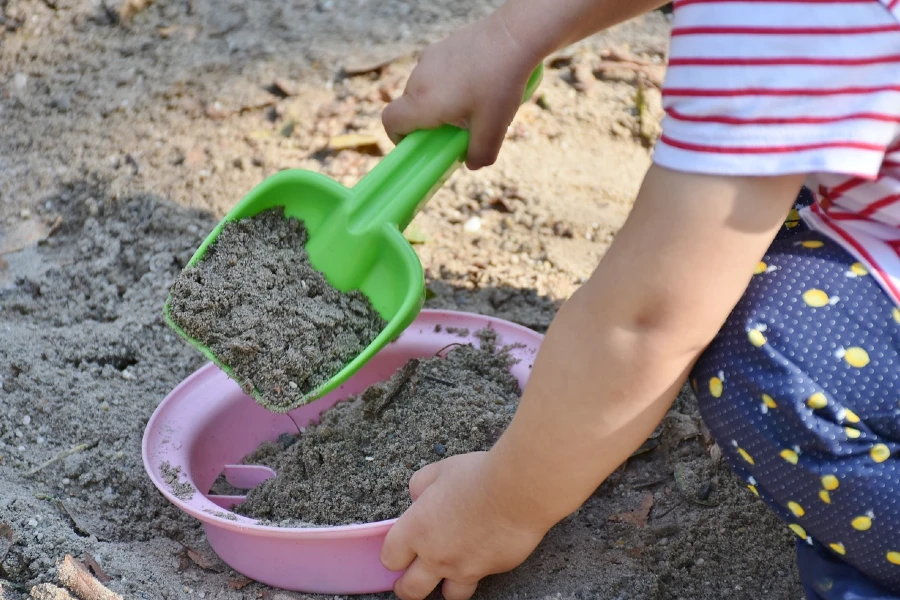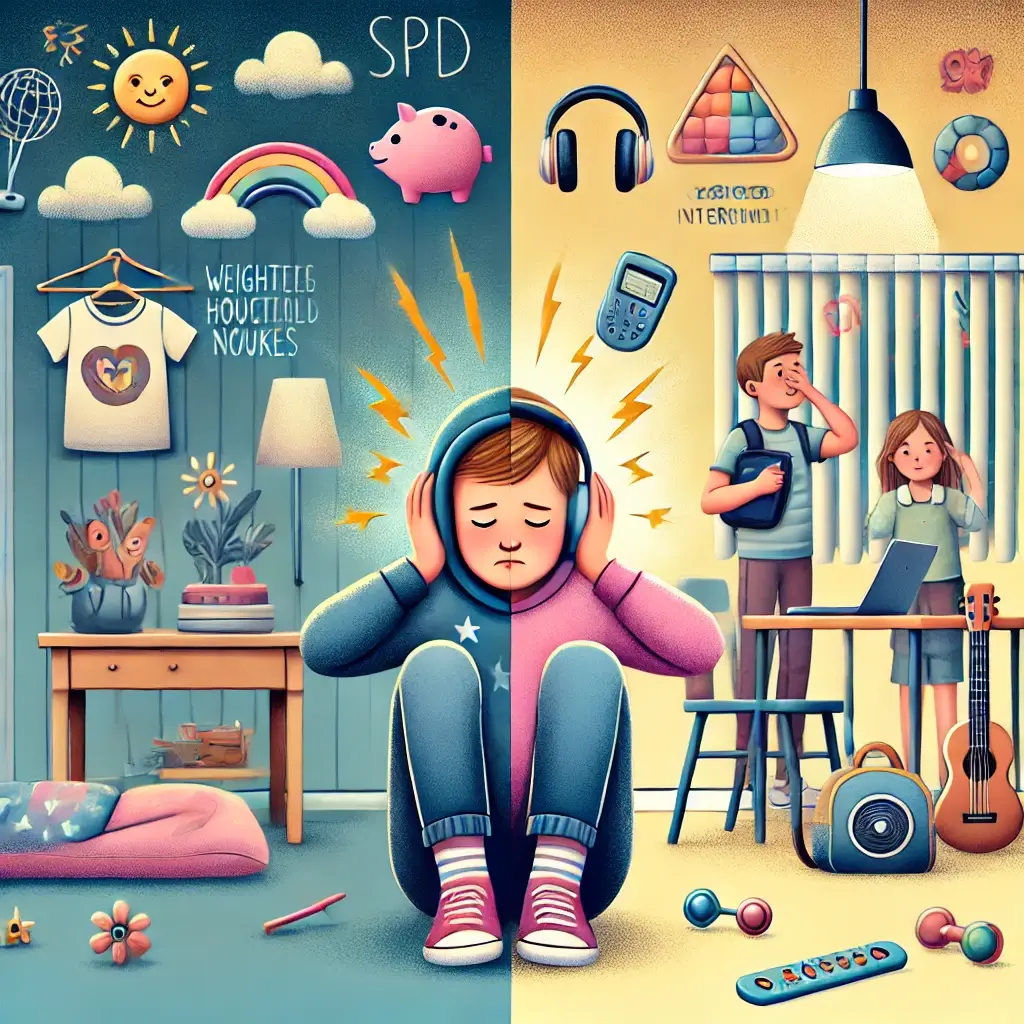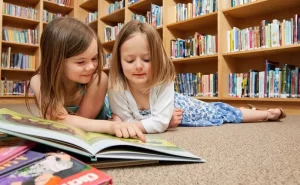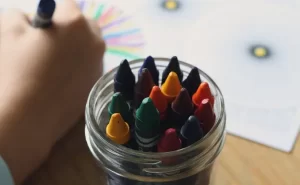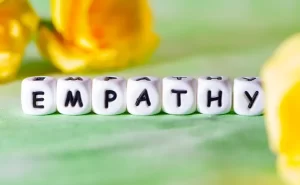The Advantages of Parallel Play for Children with Autism
Parallel play, which is commonly defined as children playing near each other, has special benefits for children with Autism Spectrum Disorder (ASD). While it may not require direct connection initially, it can be an important step toward developing social skills and confidence. Here’s a closer look at why parallel play benefits children with ASD:
Manages sensory overload:
Controlled Environment: Parallel play allows children with ASD to enjoy an activity near others while avoiding the overwhelming social pressure of direct connection. This is especially useful if they are sensitive to sound, touch, or social cues.
Promotes observation and imitation:
Children with ASD can learn social cues, communication styles, and proper play behaviors by observing their classmates while playing. They can observe how others play with toys, take turns, and show feelings.
Promotes Social Interest:
Gradual Engagement: Seeing others’ delight and involvement can increase a child’s interest in social play. They may initially play alongside others before being drawn to participate more directly.
Enhances confidence and comfort:
Parallel play provides a safe and comfortable environment where children with ASD can explore social interaction at their speed. They can experiment with social behaviors without fear of direct criticism or failure.
Supports Communication Development:
Nonverbal signs: Even in seemingly lonely play, children may share nonverbal signs such as smiles, glances, or gestures with their classmates. This promotes a type of communication that can evolve.
Remember that parallel play is a stage, not a conclusion.
Benefits extend beyond play:
Transferable Skills: Parallel play can help young people develop social skills and confidence that can be used in other areas of their lives. They may feel better equipped to interact with classmates, siblings, or other youngsters outside the play setting.
Remember that parallel play is a stage, not a conclusion. As kids with ASD develop confidence and social abilities, they may naturally gravitate toward more engaged play.
Here are some suggestions to encourage parallel play:
Offer engaging activities. Create play places with toys and materials that appeal to kids with ASD and their peers. These could include blocks, automobiles, arts and crafts supplies, or sensory toys.
Encourage proximity: Arrange the play area so children are naturally drawn to play near one another, even if they do not interact immediately.
When your youngster engages in social relationships, offer them positive reinforcement. Recognize and congratulate them for even the slightest accomplishments, such as making eye contact or smiling with another youngster.
This motivates kids to keep improving their social skills and confidence while interacting with their peers.
It’s critical to understand that social skills don’t emerge immediately. Every attempt your youngster makes is a step in the right direction, no matter how tiny. By offering positive reinforcement, you are helping to promote these actions while also creating a supportive environment in which your child can grow and thrive socially.
Remember to be patient and understanding. Some children may be naturally reserved or timid, requiring extra time and support to adjust to social circumstances. Celebrate each minor triumph, as these good experiences will make your youngster feel more at ease and capable in future social interactions.
Understanding the benefits of parallel play and fostering supportive surroundings can assist children with ASD in developing the social skills and confidence required to succeed.
